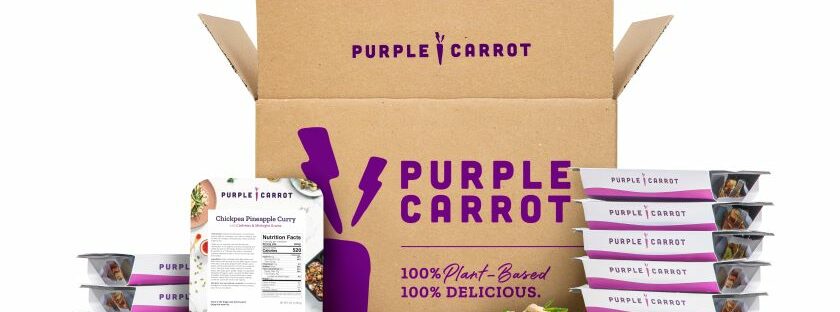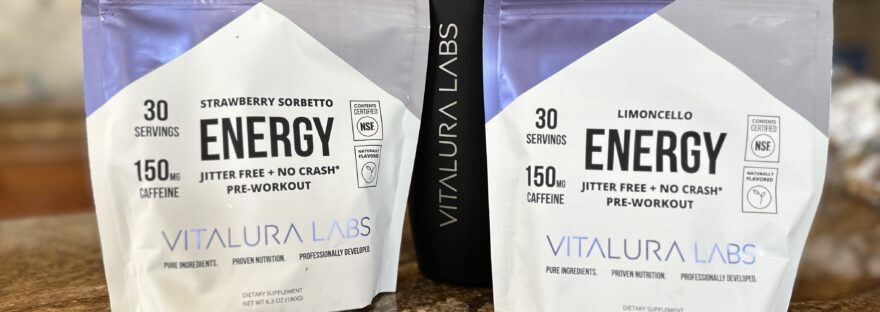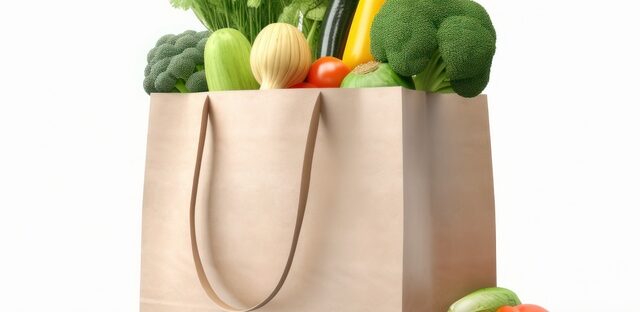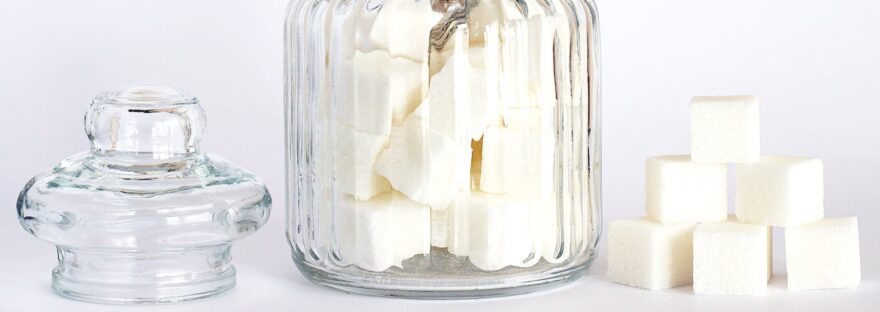Meal delivery services and kits are one of the greatest ideas to have evolved in the last decade; especially for people who have a super busy schedule. Not only do these services take care of the grocery shopping but the mental fatigue involved with deciding, “what should we have for dinner” is also happily handed off.
I’ve always been curious about meal kit services but never tried one. Since I follow a pretty specific diet I wasn’t able to find a service that would meet my dietary requirements when they first came out. Luckily most delivery kits have some sort of plant-based option(s) available making cooking for me in my multi picky eater household a little easier. There are many out there to choose from but I decided to give Hello Fresh and Purple Carrot a chance.
Hello Fresh
I decided to try Hello Fresh when a friend of mine passed along a discounted trial coupon.
Pros of Hello Fresh
- No grocery shopping- huge time saver
- App was easy to use to modify and make changes to my delivery
- Meals designed to be crowd pleasers
- Priced well
Cons of Hello Fresh
- Not enough vegan options
- Menu was a bit boring and repetitive
Ultimately the deal breaker for me was the lack of vegan options. This meant I had to micromanage our delivery every week to make sure I was either choosing things I could later veganize, were already vegan, or needed to skip. Their menu options of plant-based items usually involved dairy, which is great for some people but a no for me. Price point was pretty good and I did feel that Hello Fresh is one of the best priced options available. If you follow a lacto-ovo or lactovegetarian diet then Hello Fresh might work better for you than it did for me.
Purple Carrot
I can’t even remember anymore where I first heard of Purple Carrot. The decision to try came from a random day of me looking up new recipes to cook at home. One of the recipes was from the Purple Carrot website and next thing I knew I was signing up for a trial box.
Pros of Purple Carrot
- Entirely plant-based vegan menu- no need to micromanage delivery
- Exciting recipes and variable flavor profiles
- High quality ingredients
- Also offers a pre-made meal option and “plantry”
Cons of Purple Carrot
- A bit more expensive than Hello Fresh
The only con I’ve experienced is that Purple Carrot is a tad more expensive than Hello Fresh. However, the price point is on par with what you would pay at the grocery store for the week’s worth of groceries. And you didn’t have to go to the store, plan the menu, or micromanage the meals arriving in the box. Purple Carrot even offers pre–made meals and a “plantry” so you can include extras you would’ve picked up at the store.
Winner: Purple Carrot
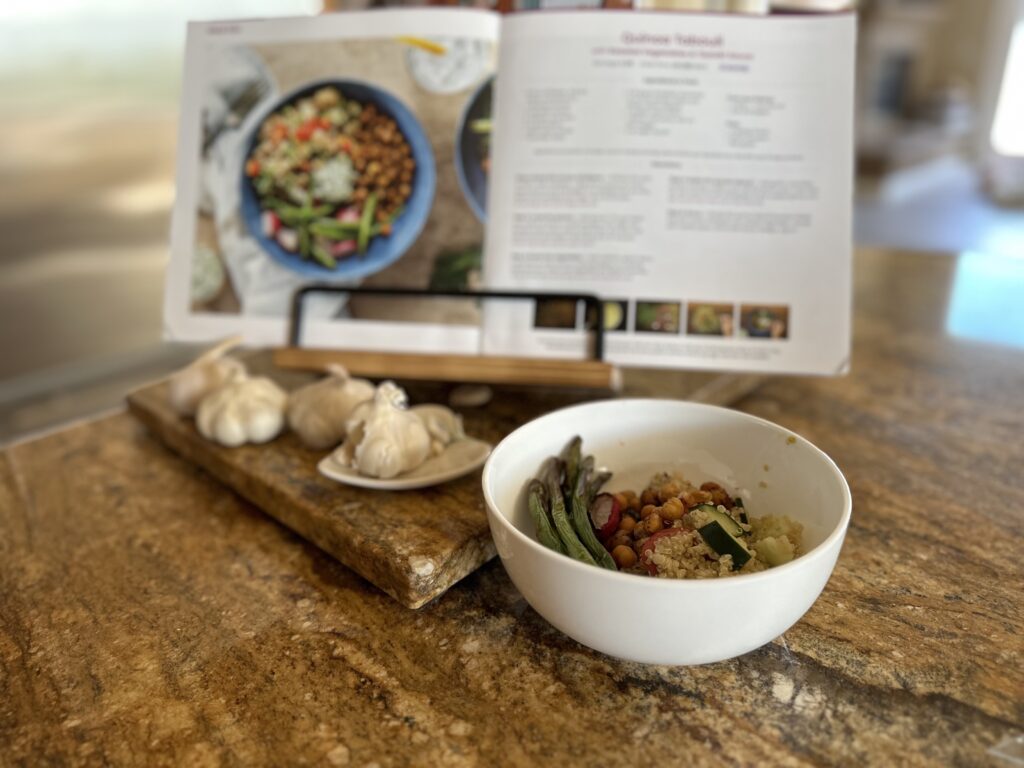
If you’re vegan or vegan curious, or follow a mostly plant-based diet I highly recommend Purple Carrot. The menu selection is huge- and it’s all vegan and plant-based. All of it. There’s no need to micromanage or worry that you’re accidentally forgetting to swap an ingredient. You can also easily add items if you’re someone who does eat a diet that includes non-vegan items. The recipes range from easy to more advanced both in flavor profile and cooking skill. They even started including some produce items pre-chopped making it even quicker for you to make dinner on a busy night! Purple Carrot is great for people who like to taste new flavors- every meal I’ve made has been delicious! Try it out and let me know how it went for you!
I want to take a moment to inform any readers that I’m an affiliate with Purple Carrot. This did not have an impact on my review. I have been a customer of Purple Carrot much longer than I’ve been an affiliate. My opinion and review here is based on my experience prior to joining as an affiliate partner.

